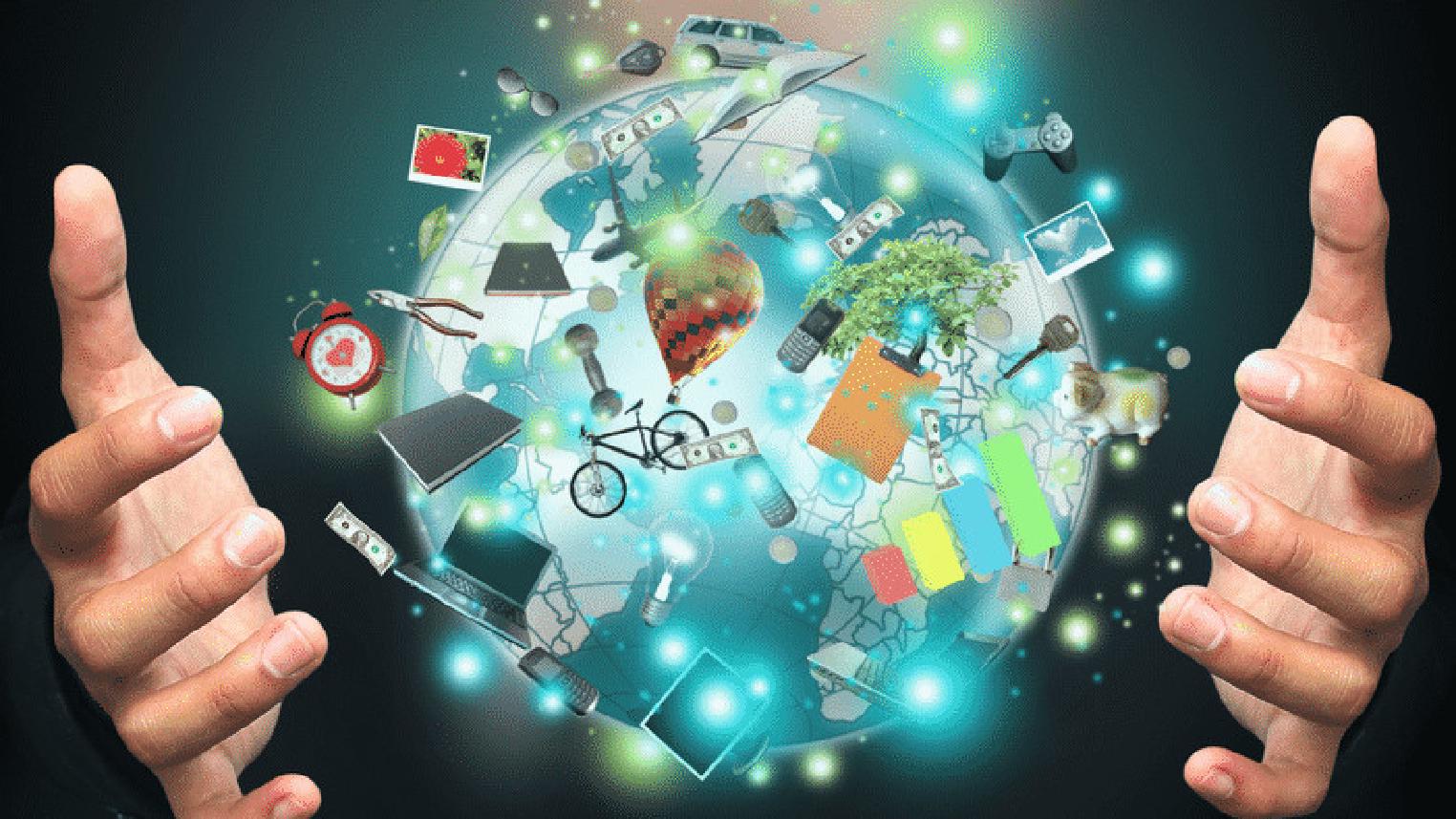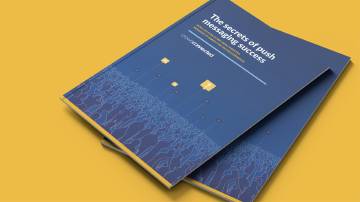How to Successfully Weave Digital Into The World of Live Events

How to successfully weave digital into the world of live events?
Increasingly the digital world intrudes into our physical existence. It’s intrusion that’s not always welcome.
An obvious response is to build fences. Ban the use of smartphones at the dinner table. Or prohibit their use for taking photos at concerts. Put your phone down, and concentrate on the live experience you’ve come to enjoy.
The more difficult response, but the one that will be successful, is to seamlessly weave the digital into the physical so that it enhances. It shouldn’t replace. And it shouldn’t distract or detract. In events the live experience is paramount. It’s what we’ve paid for.
So the role of digital is to support and enhance the live experience.
To enhance the physical experience, the digital engagement should provide three value enhancements:
-
Inform – for example highly relevant background info about something we’re watching, that adds to our enjoyment.
-
Discover – that could be by suggesting activities we might otherwise miss out on.
-
Recommend – for example, by recommending a different entrance, or a different bar, that has shorter lines. Or by advising of delays to the schedule for whatever it is we’re en route to.
Information is best served on request. Pulled by the customer. It might be delivered via a mobile app, or via a website.
For Discovery and Recommendation push technologies are better suited to influence event-goers’ behaviour.
Relevant and resonant
This year Crowd Connected was asked to look at how we could help EE/Festival Republic create a digital experience that truly enhanced festival goers’ real, physical, and organic experience at Latitude. How we might use push technologies to beneficially alter the customer’s experience. And avoid providing unrelated – or at worst distracting and detracting – digital engagement.
The brief was to enhance the organic festival experience by sending information, advice and discovery messages to festival-goers. Our challenge was to make sure the messaging was as relevant, and resonant as possible. But also to measure how successful the messaging was.
This was about changing a stream of possibly intrusive and distracting in-app notifications into a welcome personal digital assistant who at every turn is informing and enhancing the festival goers’ experience. The perfect festival buddy – one who constantly prompts us as to which act we should be seeing next, which areas of the festival we haven’t yet discovered, and which gourmet food stalls have the shortest lines.
Context is king
Our solution was based on delivering ‘contextual’ messaging. Now contextual is word widely bandied around in digital marketing circles. But what does it really mean?
First, let’s debunk some received wisdom around context. Here are some examples of targeting sold as ‘contextual’ that, frankly, really aren’t very contextual at all.
- “Location-based Marketing” geo-fenced and beacon proximity based push notifications are NOT contextual.
Sending a message to everyone who walks past a particular location is not very targeted at all. And as a technology, it’s been around since the billboard and sandwich board were invented. For the customer on a health kick who is cutting down on caffeine, the message that there’s a pound off their regular latte as they walk past a coffee shop is an unwelcome distraction. Current location. But no context.
- “Activity Based Marketing” Activity-based messaging is NOT contextual
Some bright spark has invented the ‘smart’ whisky bottle. It communicates the fact that you’ve opened the bottle to your smartphone, allowing ‘relevant offers’ to be sent. Perhaps to make this one a double. Not so relevant for the recovering alcoholic who had opened the bottle, and resealed it, thinking better. Current activity. But no context.
History lessons
So, genuine context is hard.
A genuine context for an attendee at a live event requires not just the here and now, but also an appreciation of where someone has been. Which, by extension, enables what they have been doing to be deduced. What we might call an activity timeline.
Location here is the key. But not current location (or proximity, as marketers frequently actually mean). We’re talking location history. Complete, always-on, fine-grained location history. That gives us an activity timeline. Which provides real context.
To be clear, that’s not just ‘location based’ (which implies current location). Or indeed ‘activity based’. Or ‘behaviour based’. It’s something altogether more sophisticated. The new experience based messaging.
Most people understand ‘experience based marketing’ to be creating experiences to market to people. Instead, we’re able to curate messages based on peoples' experience.
Our Colocator platform is capable of extracting fine-grained activity histories from each individual’s location data. From this, we can target prompts dependent on past behaviour.
At Latitude we demonstrated the power of Colocator to message festival goers based on recipients:
- Being in a defined area
- Not being in a defined area
- Had seen a specific act
- Had arrived at locations
- Had never discovered particular parts of the festival.
Importantly we combined these filters to target precisely the groups who we thought would find our prompts relevant, useful, and perfectly timed.
Measure by measure
To work out which prompts we should send, and measure how effective the strategy was, we developed a scoring system. We’ve called it the R4 score because it measures reach, relevance, reaction and result.
Reach is obvious. How many people received the message. But maximising audience size is old hat.
Relevance is rather more important. We measure relevance as the percentage of message recipients whose experience was aligned with our discovery and advice recommendations. Send a message recommending the Macabees? Recipients who like the Macabees will find the prompt relevant.
The reaction is more important still. We measure reaction as the percentage of message recipients who actually change their behaviour because of the message recommendation.
Result just measures the same thing from a different perspective. The uplift in an artist’s audience that can be attribute to the recommendation.
Proof of the pudding:
The results at Latitude for EE were truly exciting. We’ve wrapped them into a case study on our website, but here are the headlines:
- For our best-targeted message, 28% of recipients did actually see the recommended act, and therefore will have found the message relevant.
- The best-targeted messages showed an uplift of 7x.
- Over 25% of recipients found messages highly relevant.
- Over 20% found the message valuable, actually changing their behaviour (e.g. discovering new acts).
- EE had the second highest engagement amongst all brands at Latitude – despite only having a digital presence. 54% were aware of EE’s participation.
All of which suggests we achieved something ground-breaking at Latitude. We well and truly lifted the lid on the future of targeted messaging at live events, weaving the digital into physical. We demonstrated how digital can enhance and enrich, rather than distract and detract.
We showed how true enhancement via discovery and recommendation can alter the physical journey for the better. And the measurement of the effectiveness of those prompts allows us to close the feedback loop, and continue learning.
Oh, and did I mention? All achieved without deploying a single beacon.


